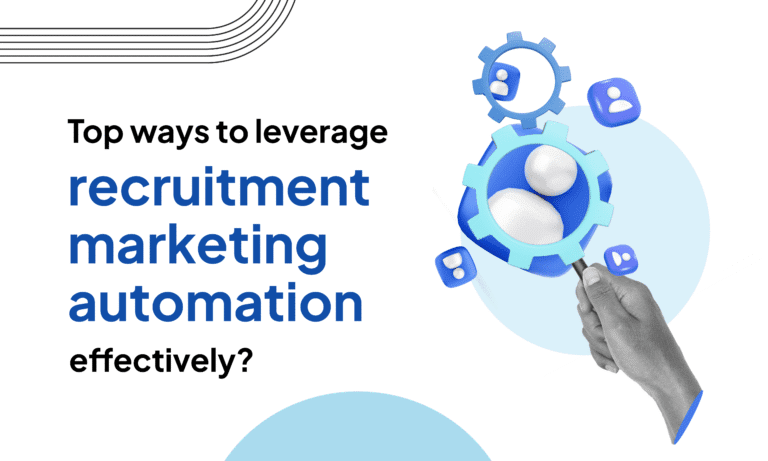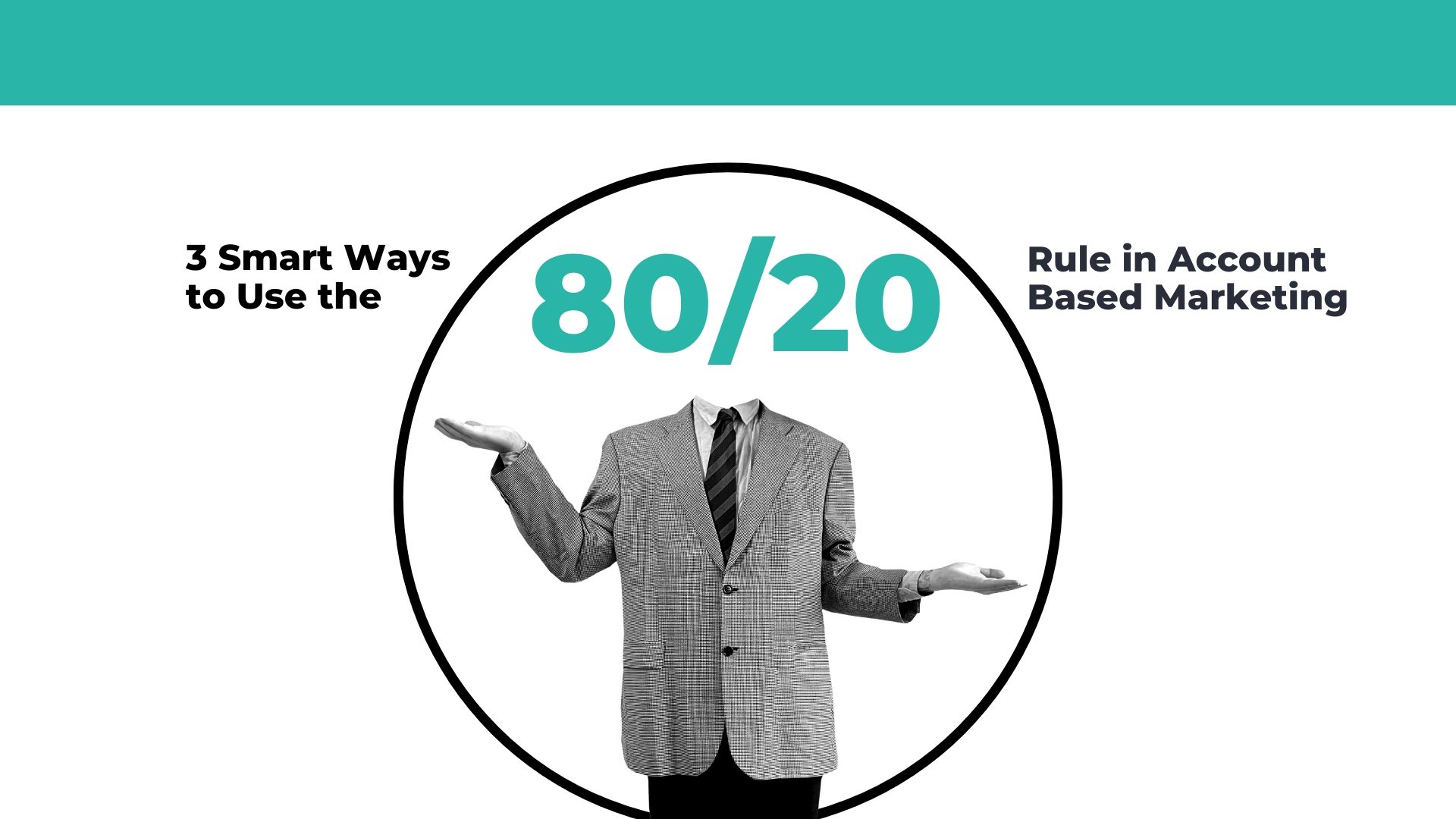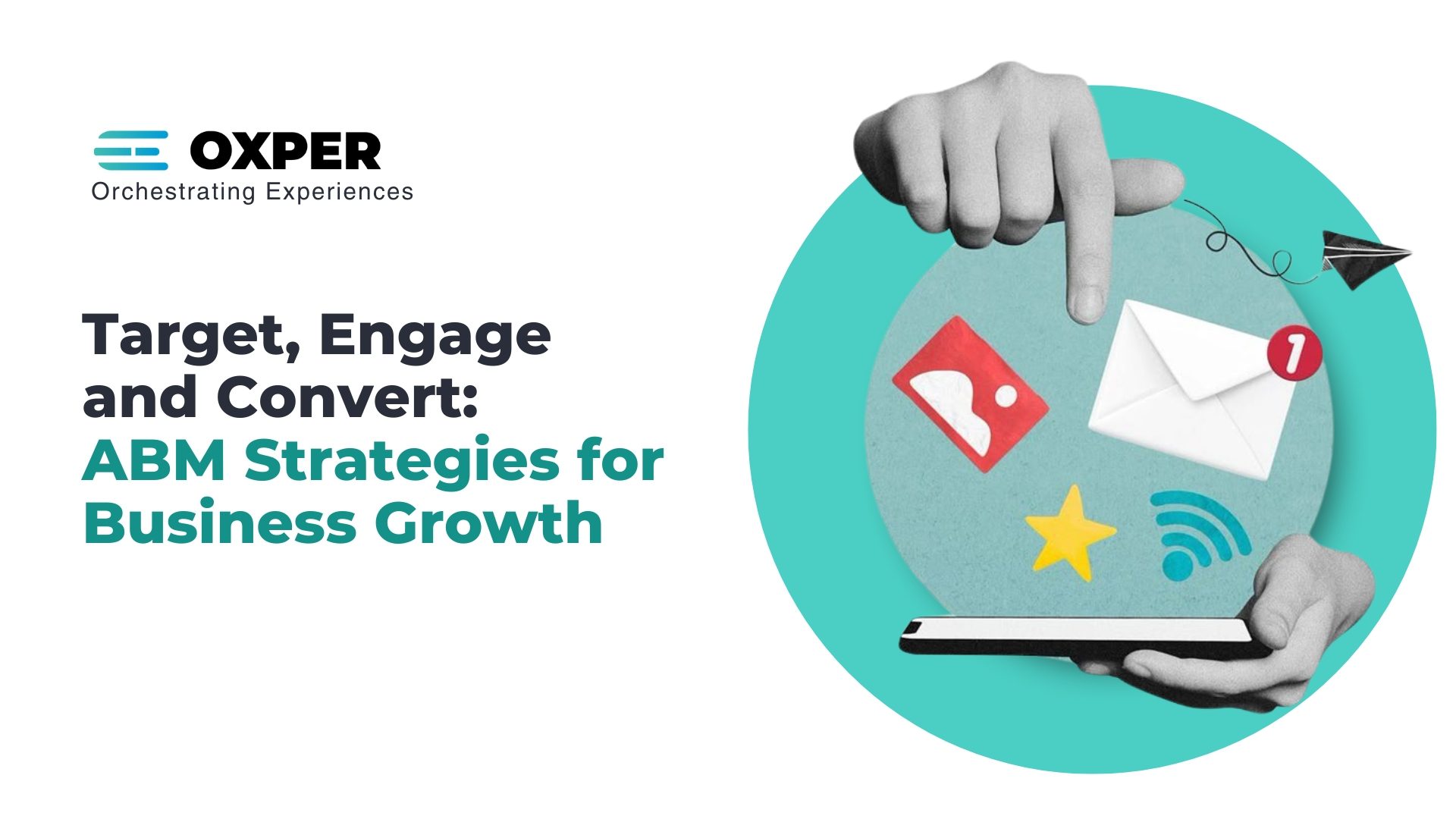Recruitment marketing automation is transforming how businesses attract and engage talent. From improving time-to-hire and candidate experience to minimizing hiring bias and enhancing scalability, automating recruitment marketing is no longer optional—it’s essential. In this guide, we cover what recruitment marketing is, how to improve it, and the best ways to use automation tools to gain a competitive hiring advantage.
What is Recruitment Marketing?
Recruitment marketing is the strategy of using marketing techniques to attract, engage, and nurture job seekers before they apply. It aims to promote your employer brand and make job seekers aware of your company and its culture long before they become applicants. It combines content marketing, social media, targeted advertising, and email campaigns to generate interest among potential candidates.
A Deep Dive into Recruiting Automation
Recruiting automation involves using technology to streamline repetitive, time-consuming tasks within the recruitment process. This includes everything from job advertising and resume screening to interview scheduling and candidate communication. According to TestGorilla, recruiting automation not only saves time but ensures consistency and scalability across hiring practices.
What Does Recruitment Marketing Automation Entail?
Recruitment marketing automation is the application of automation tools to marketing efforts aimed at hiring. It helps HR teams understand what job seekers are looking for and enables personalized candidate outreach. These tools can:
- Automate job postings across platforms
- Nurture candidate relationships via email workflows
- Provide data insights into candidate behavior
- Build robust candidate pipelines
It results in better brand management, higher-quality hires, and reduced time-to-fill.
How to Leverage Recruitment Marketing Automation
1. Bring Clarity to the Hiring Process
Clarity in job descriptions and requirements is key to attracting the right talent. Recruitment marketing automation tools help analyze audience data and optimize job postings for better reach. You can also use candidate personas to target messaging more effectively.
2. Create Enduring Connections
Not every candidate will be an immediate fit. Recruitment automation allows for long-term engagement via nurture campaigns, keeping you top-of-mind when they’re ready to make a move.
3. Monitor Development Continuously
Automation tools allow you to track metrics such as ROI, job ad performance, and conversion rates. These insights help refine your strategies and make data-driven hiring decisions.
4. Use Recruitment Automation Tools to Reduce Bias
One of the greatest benefits of automation is the ability to minimize unconscious bias. Structured assessments and anonymized resume screenings ensure candidates are evaluated based on skill, not background.
5. Use Automation to Streamline Interviews
Scheduling interviews manually is time-consuming. Automation tools can sync with calendars, send reminders, and even conduct initial video interviews—freeing up recruiters to focus on candidate engagement.
6. Personalize Templates to Engage Candidates
Automated doesn’t have to mean impersonal. Tailor email templates and messages based on candidate data. Addressing candidates by name and referencing their background creates a better experience.
7. Use Video Marketing
Video content significantly boosts engagement. Use automation platforms to distribute personalized video job descriptions, company culture videos, or testimonials. Video marketing in recruitment attracts passive candidates and builds emotional connections.
The Benefits of Recruitment Marketing Automation
Recruitment automation improves every stage of the hiring funnel. Here’s what it can do for your team:
Infographic: Benefits of Recruitment Marketing Automation
Improves Time-to-Hire – Faster screening, scheduling, and communication mean quicker closures.
Improves Scalability – Whether hiring one or a thousand, automation can handle it without extra manpower.
Helps Great Candidates from Slipping Through the Cracks – Nurture campaigns and alerts ensure you stay connected.
Boosts Productivity and Performance – Less time on admin means more focus on strategic decision-making.
Improves Candidate Experience – Timely updates, personalized messages, and transparent communication make a difference.
Conclusion
Recruitment today is more than posting jobs and hoping for the best. It’s about building relationships and leveraging technology. Recruitment marketing automation offers a practical and scalable way to elevate your hiring game. From creating candidate pipelines to reducing bias, it brings precision, speed, and insight to your recruitment efforts. Don’t wait—start automating and building your talent powerhouse today.
By thoughtfully integrating recruitment marketing automation into your hiring processes, you can enhance efficiency, reduce biases, and create a more engaging experience for candidates, ultimately leading to better hiring outcomes.
FAQs
1. What are the 7 steps of the recruitment process?
- Identifying hiring needs
- Preparing job descriptions
- Sourcing candidates
- Screening and shortlisting
- Interviewing
- Selection and job offer
- Onboarding
2. How to improve recruitment marketing?
- Optimize your career page
- Use targeted social media campaigns
- Personalize candidate communication
- Leverage recruitment analytics
- Automate repetitive tasks with recruitment marketing tools
3. What are the key features to look for in a recruitment marketing automation platform?
- Multi-channel campaign management
- Candidate segmentation
- Email automation
- Analytics and reporting
- CRM and ATS integrations
4. What types of tasks can be automated in recruitment marketing?
- Job postings
- Candidate sourcing and screening
- Email campaigns
- Interview scheduling
- Feedback collection
5. What are common mistakes to avoid when implementing recruitment marketing automation?
- Over-automating communication (leading to cold interactions)
- Not syncing automation with company goals
- Ignoring candidate feedback
- Using poor-quality data
- Failing to train HR teams on the tools





